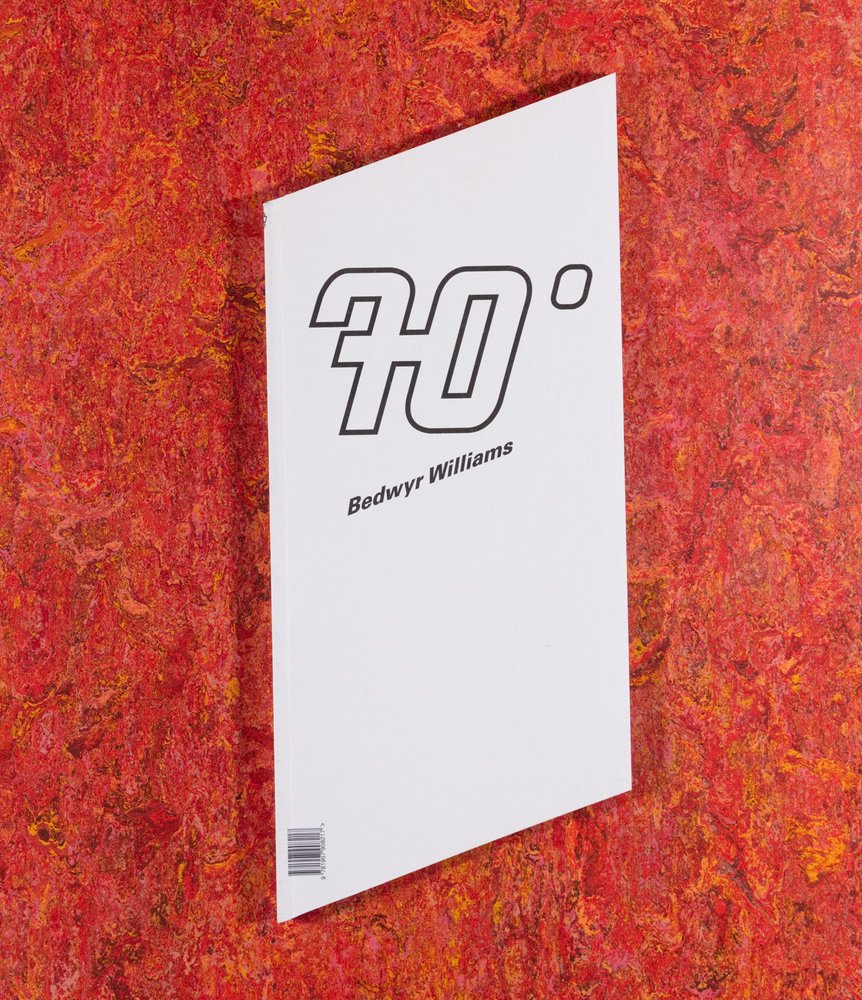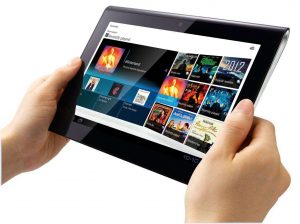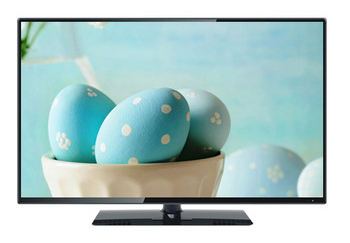Who said books should look like books ?
I was initially drawn to 70 degrees due to it’s rhomboid design.
Before opening the book you get a sense of quirkiness from the get go.
The layout of content continues to play with you throughout which is eye catching and unique.
My thoughts on the design have led me to consider the potential shape of books, bookcases and technology.
If we look through time we see the generic library format of rectangular books housed on shelves with a 90 degrees support point.
I believe questioning the shape of books, bookshelves and technology can lead to new ways of giving and receiving information.
Traditionally, in two-dimensional geometry a rhomboid is a parallelogram in which adjacent sides are of unequal lengths and angles are non-right angled.
For me this definition represents the book quite well due to it’s content involving a collaboration of artists who are parallel in unison but unique by definition.
Maybe the world has become too accustomed with the usual rectangular book shape and partly forgotten about how much potential there is when it comes to the shape of books and how they are presented.
Are we choosing convenience over creativity, or is the rectangle shape law abiding for the rest of time?
Why is everything mitigated through the rectangle?
Most of the time books are rectangular. Right in front of me I have another book. It’s a rectangular book which fits in my hands like the size of your average telephone. But why is it not shaped like a circle or a hexagon?
In fact if we think about the history of book making technology and the history of the book, there is not a particular reason why it should be rectangular instead of any other shape.
There is something about the ways in which we use technology where that technology effects us and we in turn are effected by the technology.
For example, I find it more satisfying to hold the book in front of me in a portrait position.
But if I’m not going to hold something in my hand then I often find it more satisfying for it to be in a landscape position. What would be some examples of this?
As previously mentioned the book in front of me is the same size as your average phone. They’re almost the exact same size. And although I can hold my smart phone in a landscape position, and will do that sometimes to take pictures, by and large I tend to use it in a portrait upright position.
If we look at a normal paper back book which is usually around the same size as a tablet computer then here they are both oriented in much the same way, in an upright fashion. And can it be used sideways? Yes, when looking at video.
We spend a lot of time looking at monitors and if you look at the shape of the monitor we notice that monitors are not upright, they are horizontal. Historically, televisions used to be more of a square and that’s because the movies used to be more of a square. The rectangular shape came later and then later on as television technology changed, it made it easier to move away from picture tube. Then we started to move away from the square to the rectangular shape for our televisions as well.
There is something about the ways in which we interact in the world that says to us, “If I am going to hold the text in my hand in some way and I am going to interact with it, then I want it to be upright.” But if we are to be more passively observing, like watching a movie or watching television, or if the way I’m manipulating it is at a distance- like looking at a computer monitor, but I’m typing on a keyboard, then i want it to be rectangular. And there are many ways in which we interact with our technology everyday in everyday ways, that we unconsciously accept these things as if they are cultural imperatives.
And which is first? Is it that there is something natural about it? That just being a human with normal size human hands oriented in a normal way? That this is the way in which we desire to interact with both rectangular books and the shape of your average smart phone? Or is it that we culturally developed it and now we have that expectation? The answer is both. We make technology to change the world around us.
But by the same token we are changed by our technologies, interacting with them in many ways.
Nowadays we are looking at some changes, where people want to move to more wearable technology. And some people I think are a little concerned that as we move to wearable, embeddable and AI technology the distinction between us and our technology will be less clear. The truth is we have always interacted with our technology in much the same way.
So the next time your using any piece of technology whether it be a book, a cell phone or a steering wheel of a car, take a moment to think about the ways in which we accept certain things and that technology just seems to fit us properly, because humans made it for humans and we ourselves have adapted to the limits of our own technologies.
To conclude, If we break down the word knowledge we see the words know ledge and no ledge. Maybe this is a sign that we can expand our horizons towards a more creative and compelling environment when it comes to the shape of books, bookshelves and technology as a whole.
Bedwyr Williams: ECHT/70°. design by Åbäke, Rietveld library number: williams 1







